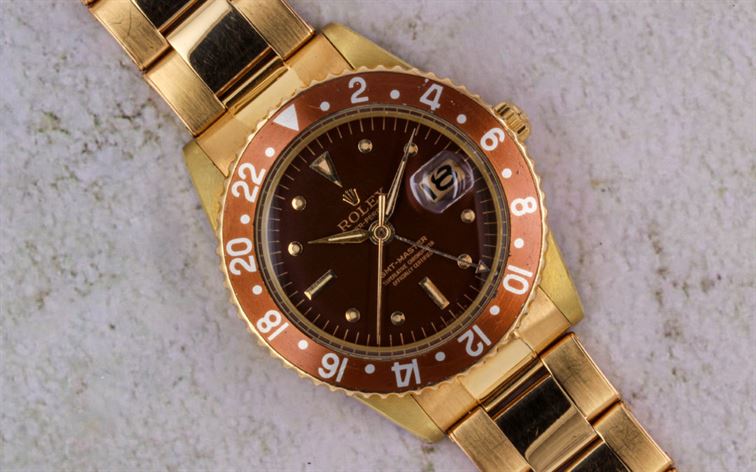Your cart is currently empty.
Go To Shop
- Get your collection started by buying from established dealers. You may find lower prices elsewhere, but not the insight and guidance that an experienced, reputable vintage watch dealer can provide. The more you learn, the sharper your eye will become and the better you’ll be able to distinguish a good deal from a lemon.
- Start your collection with a few versatile watches. They may not become your crown jewels, but a Rolex Datejust or Omega Speedmaster have the kind of broad appeal that supports long-term value.
- When you begin to add vintage watches, do not have them serviced by the original manufacturer. In-house repair shops nearly always emphasize function over collectible value, and you may end up with a highly accurate, dependable timepiece that has been stripped of the components that made it so special in the first place. Independent watchmakers are much more appreciative of the needs of collectors.
- Learn your watch’s service history. If your watch did not come with a readymade service history, check the inside of the caseback: most independent watch repair experts still inscribe their initials and date of service each time they work on a timepiece.
- Don’t bet the farm on your collection of vintage watches. Most do not retain their value well enough to represent profitable investments. Collect vintage watches for the love of it, and enjoy any financial appreciation as a side benefit.
- Modern watches are designed to feel bigger and more substantial than vintage watches. Even watches built around the same nominal dimensions can feel significantly different: an Omega Speedmaster with a 42 mm curved lug case will naturally feel much smaller than a Breitling Superocean built to the same 42 mm specification. The Rolex Submariner has been a 40 mm watch for more than 50 years, but thicker lugs make recent versions feel beefier. Be especially wary of vintage watches that feel modern: they may have been altered at some point, to the detriment of their value as collectibles.
- Take some time to study the history of watchmaking; you’ll find that some things jump out at you. Maybe the evolving designs of watch movements grab your attention. Maybe external factors like case design are more engaging. Some collectors focus on the symbols used by watchmakers throughout the centuries. Whatever you find most interesting about watchmaking, learn as much as you can about it: your future decision-making will benefit, and you’ll find yourself building a distinctive collection that reflects your personality.

